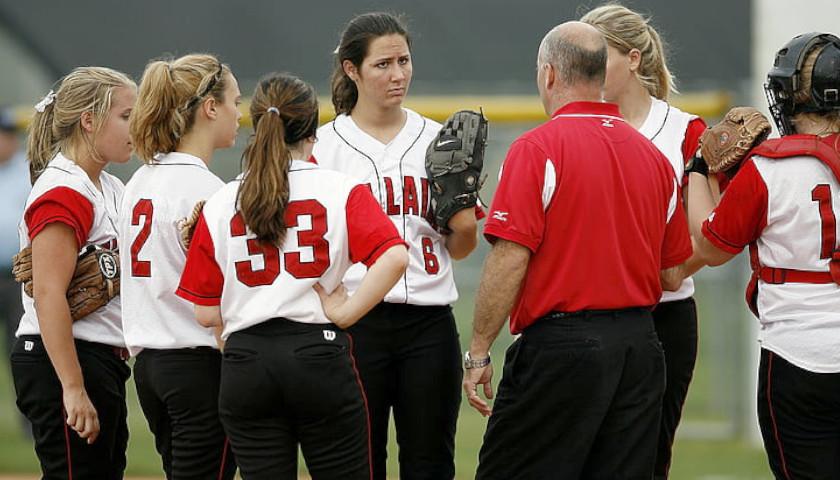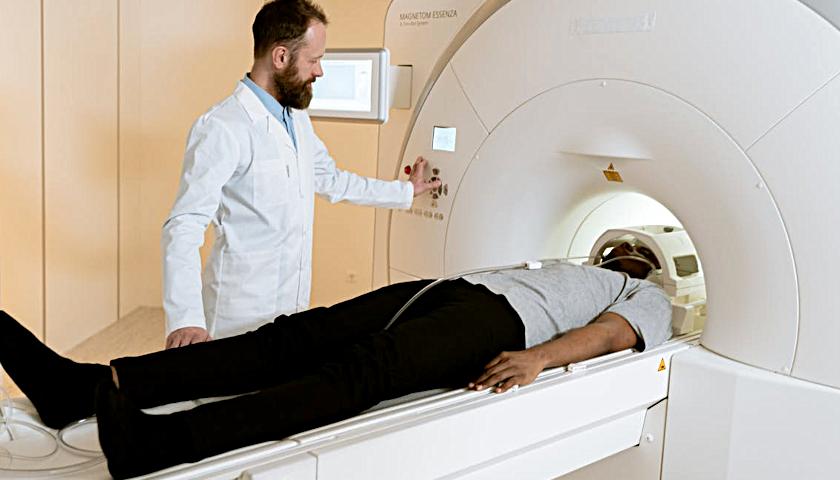by J.D. Davidson
Another attempt by a grassroots group to create an Ohio law that would ban vaccination mandates was turned away by Ohio Attorney General Dave Yost.
Yost rejected the summary of a petition for the Vaccine and Gene Therapy Choice and Anti-Discrimination Act, a proposed statue that would require the state to protect the privacy and freedom of Ohioans to abstain from vaccinations or gene therapy without being discriminated against.
Wednesday’s rejection was the third time Yost turned away the same proposal. The first time came in early December over the summary, and the second was in early January for a lack of legitimate signatures.
Yost’s role in the petition process is to determine whether the summary is a fair and truthful representation of the proposed statute. He said the submitted petition does not meet that requirement.
“The summary does not properly advise a potential signer of the proposed statute’s character and limitations … materially misstates and mischaracterizes the proposed statute and … omits numerous material previsions in the proposed statute,” Yost wrote in a letter to the petitioners, addressed to Diana D. Smith.
Yost said in a news release he rejected the petition because language was used that meant the opposite of what the petitioners were trying to accomplish, saying readers of the summary might think it would give the government more authority over vaccines, not less.
For a petition to be considered, it also must contain the signatures of at least 1,000 qualified voters. County elections boards confirmed in January the submission did not meet the requirement, Yost said.
Once a summary is approved by Yost, the Ohio Ballot Board determines whether the proposal contains a single law or multiple laws.
If the board certifies the petition, the group must collect signatures from at least 3% of registered voters based on the ballots cast in the last gubernatorial election. Those signatures must come from at least 44 of the state’s 88 counties, and in each of those counties, the number must be at least 1.5% of the vote cast in the last gubernatorial election.
The petition then must be signed by the secretary of state at least 10 days before the beginning of any General Assembly session, and the secretary of state will send the petition to the General Assembly as soon as it convenes. The general assembly has four months to act.
The proposal would go to voters if passed. If the General Assembly doesn’t act or amends the petition, a supplemental petition can be circulated for the group to get the proposed law on the ballot at the next general election.
– – –
An Ohio native, J.D. Davidson is a veteran journalist with more than 30 years of experience in newspapers in Ohio, Georgia, Alabama and Texas. He has served as a reporter, editor, managing editor and publisher. Davidson is a regional editor for The Center Square.








